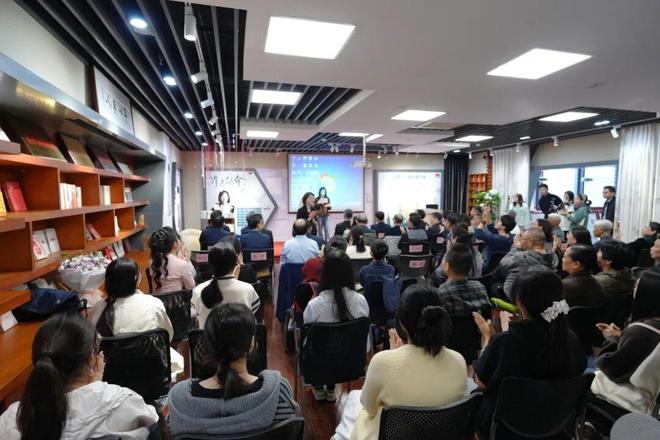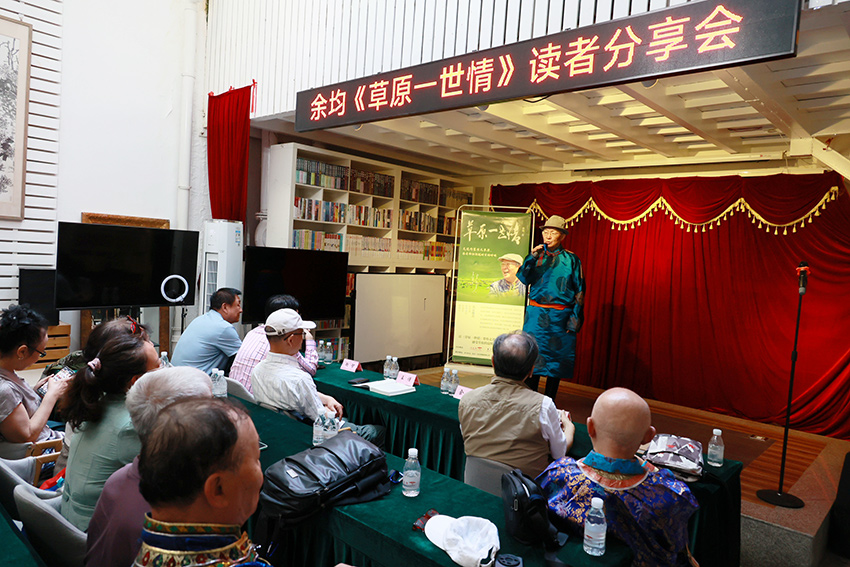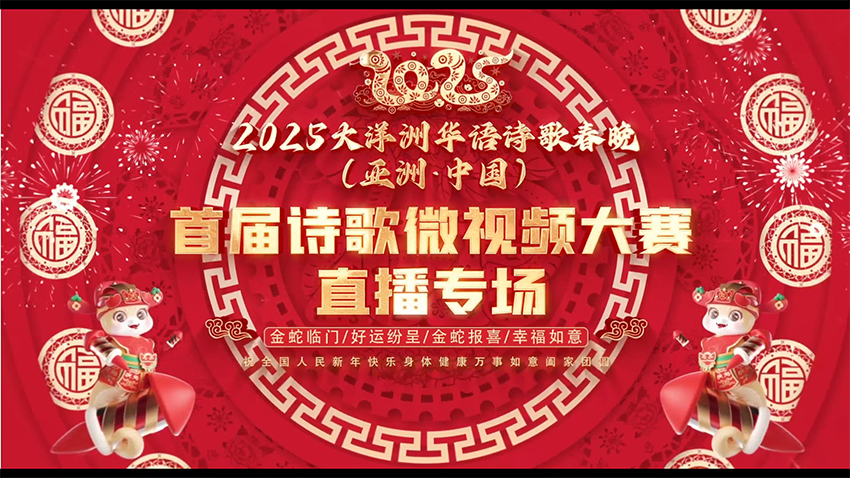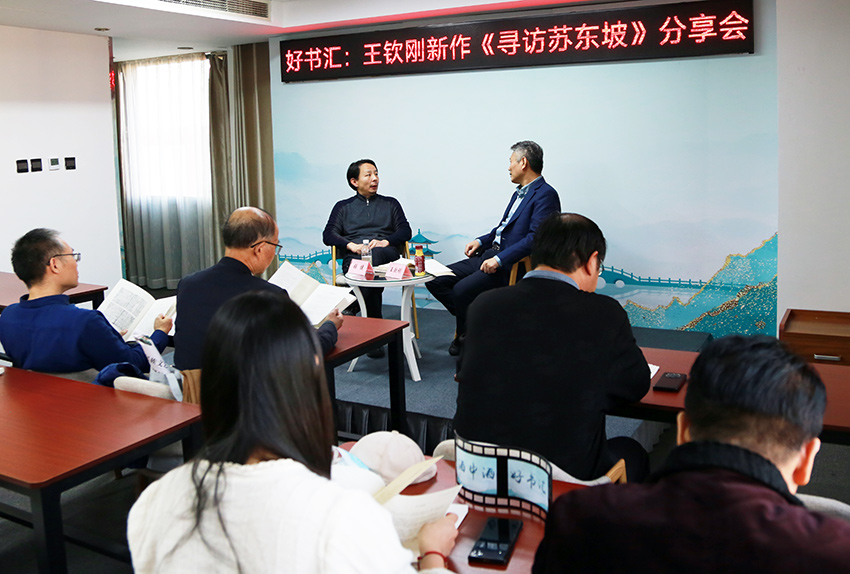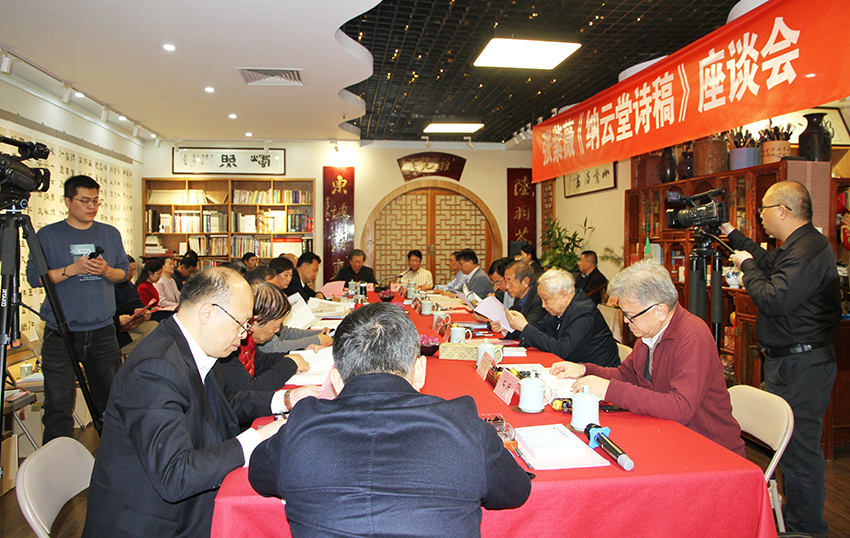海男 安琪 潘漠子 李木馬 施施然 楊薈 顧北 高星評花語畫作|花語個展9.11開幕|花語畫作|現(xiàn)場精彩圖片
花語|Flower language
2025.花語個展
2025 Flower Language Solo Exhibition
策 展 人:高 星 段維國
參展藝術(shù)家:花 語
藝術(shù)總監(jiān):祁志龍 吳靜涵
學(xué)術(shù)支持:楊 衛(wèi) 牧 野
音樂支持:蔣山 Elmo(澳大利亞)
開幕時間:2025.09.11/15:30pm
展覽時間:2025.09.11-09.14
展覽地點:北京懷柔橋梓藝術(shù)公社
主辦:上苑藝術(shù)館
協(xié)辦:詩畫藝術(shù)同盟
媒體支持:
中國詩歌網(wǎng)/中國美術(shù)報/雅昌藝術(shù)網(wǎng)/中詩網(wǎng)/作家網(wǎng)/中國詩人在線/今日頭條/新浪/搜狐/網(wǎng)易/宋莊時代/詩外灘/
沙峪口水庫留影
澳大利亞歌手艾蒙獻(xiàn)唱
2025.9.11,由詩人高星策劃的花語個展在北京上苑藝術(shù)館開幕,策展人高星,詩人花語,職業(yè)藝術(shù)家、畫家吳靜涵、陳寶亮、見靈、熹熹文、薛杰喜,詩人安琪,千金子、王增宇夫婦以及上苑駐館藝術(shù)家李念奴、湯軍,段維國、楚子、雪靈、瓊芯、孟志、以及艾蒙(澳大利亞)、安迪(拉脫維亞)、保羅(英國)、大樹(塞爾維亞)等一行數(shù)十人參加開幕式。
花語個展開幕式由詩人高星主持,高星在致辭中坦言“花語個展”是他的“人生首策”、并對花語近來的畫作給以了表揚和肯定,參展人花語表示近來畫作有創(chuàng)新是因為駐館受到了懷柔靈山秀水的滋養(yǎng)。詩人安琪在講話中指出,花語的作品有人物、動物、植物、抽象,是一個有創(chuàng)造力,能力全面的人,駐館藝術(shù)家艾蒙(澳大利亞)表示花語早期的畫作很有趣,也很有特色,現(xiàn)在,這些作品對色彩的運用,更讓人心生歡喜。
On September 11, 2025, a flower language solo exhibition curated by poet Gao Xing opened at the Shangyuan Art Museum in Beijing. The curator is Gao Xing, the poet is Hua Yu, the professional artists and painters are Wu Jinghan, Chen Baoliang, Jianling, Xixiwen, Xue Jiexi, and the poet is Anqi. The couple of Qianjinzi and Wang Zengyu, as well as the artists Li Niannu, Tang Jun, Duan Weiguo, Chu Zi, Xue Ling, Qiong Xin, Meng Zhi, and Ai Meng (Australia), Andy (Latvia), Paul (England), Da Shi (Serbia) and dozens of others attended the opening ceremony.
The opening ceremony of the flower language exhibition was presided over by poet Gao Xing. In his speech, Gao Xing frankly said that the flower language exhibition was his first exhibition in his life and praised and affirmed the recent paintings of flower language. The exhibitor flower language said that the recent paintings were innovative because they were nourished by the gentle and beautiful waters of Huairou. Poet Anqi pointed out in his speech that Hua Yu's works include characters, animals, plants, Abstract, a creative and all-round person, the resident artist Aimon (Australia) said that the early paintings of the flower language are very interesting and distinctive. Now, the use of color in these works makes people more happy.
歌手蔣山在開幕式現(xiàn)場,彈唱了海子詩歌改編的《德令哈》,張子選詩歌改編的《怎么辦》引起現(xiàn)場大合唱,澳大利亞歌手艾蒙也為開幕式獻(xiàn)唱兩曲。由于花語個展與女藝術(shù)家四人聯(lián)展同時開幕,穿插的發(fā)言有著跳躍式的節(jié)奏。上苑駐館藝術(shù)家湯軍、段維國,詩人王增宇等分別發(fā)言,詩人千金子安琪分別為花語獻(xiàn)花。活動在兩個多小時的暢所欲言和彈唱中結(jié)束。
Singer Jiang Shan sang the adaptation of Hai Zi's poem "Delingha" at the opening ceremony, and Zhang Zixuan's poem "What to do" caused a big chorus on the spot. Australian singer Aimon also sang two songs for the opening ceremony. Due to the simultaneous opening of the flower language solo exhibition and the four-woman artist joint exhibition, the interspersed speeches have a jumpy rhythm. Artists Tang Jun and Duan Weiguo, poet Wang Zengyu, etc. made speeches, and poet Qianjinzi Anqi presented flowers to the flower language. The event ended after more than two hours of free speech and singing.
眾人評花語
海男 安琪 潘漠子 李木馬
施施然 楊薈 顧北 高星
花語又一次以后現(xiàn)代的美學(xué)姿態(tài)轉(zhuǎn)身,在短暫的時間里呈現(xiàn)出現(xiàn)代繪畫長廊深處人和色彩的巨變,這是一個系列的色彩學(xué)漂移,是花語獨特畫布上的舞臺和旅行。花語的畫激情中有克制,自由中有隱秘,她是一個永不停歇的詩人和畫家,不斷的追索內(nèi)心灼熱的神性和自我的理想主義者的生活和藝術(shù),并與此融為一體,她是我們這個時代最孤勇的美學(xué)造夢人。
——詩人、畫家、魯獎獲得者海男
Flower language once again turned in a post-modern aesthetic attitude, presenting the great changes in people and colors in the depths of the modern painting corridor in a short time, which is a series of color drifts, the stage and travel on the unique canvas of flower language. Flower language painting: passion with restraint, freedom with concealment, she is a poet and painter who never stops, constantly pursuing the inner heat of divinity and the idealist's life and art, and integrating them into one, she is the most courageous aesthetic dreamer of our era.
——Poet, painter, Lu Award winner Hai Nan
花語新的系列中,女人和花這個系列我很喜歡。這個系列圍繞著女人跟花的關(guān)系來處理,每一幅都不同。有的是從女人的軀體長出花,有的是在花里長出女人,構(gòu)思奇妙、想象力飛馳,線條柔美、神秘、夸張,象征意義和解讀空間很大,讓人過目難忘。這個系列可以繼續(xù)往下畫,形成獨屬于花語的意象和繪畫語言,值得繼續(xù)關(guān)注。
——詩人、畫家安琪
In the new series of flower language, I really like the series of women and flowers. This series revolves around the relationship between women and flowers, and each one is different. Some flowers grow out of a woman's body, and some women grow out of flowers. The conception is wonderful, imagination is flying, lines are soft, mysterious, exaggerated, and there is a lot of symbolic meaning and interpretation space, making it unforgettable. This series can continue to be painted, forming a unique image and painting language of flower language, which is worth paying attention to.
——Poet and painter Anqi
顯然,以高純度的色彩來袒露畫面情感的不僅僅是以詩人為第一身份的花語,而是幾乎所有女性詩人在以西畫材料進(jìn)行跨界創(chuàng)作時所渲發(fā)的必然性、集體性心理顏色——某種缺失或者有意排斥嚴(yán)格藝術(shù)訓(xùn)練的只忠實于本能和才華的詩歌色彩。這種母系色彩以及由這些色彩所框取的世界可以與大衛(wèi). 霍克尼的眾多風(fēng)景畫并肩。如果說霍克尼提供的是一朵花在陽光與風(fēng)雨中的色澤,那么花語及類花語們補(bǔ)充的是一朵花在詩性與詞語中的色澤。兩者在藝術(shù)圈層中沒有高下之別,因為花語與霍克尼都為自己及所有可能的目擊者設(shè)定了從暗黑到明艷的路徑,且這一路徑不可篡改。
——詩人、畫家、雕塑家潘漠子
Obviously, it is not only the flower language with poets as the first identity, but also the inevitability of almost all female poets when using Western painting materials for cross-border creation, to reveal the emotions of the picture with high-purity colors. Collective psychological color - a kind of lack or intentional exclusion of strict artistic training, only faithful to instinct and talent poetry color. This matriarchal color and the world framed by these colors can be compared to David
Hockney's many landscape paintings side by side. If Hockney provides the color of a flower in sunshine and wind and rain, then the flower language and similar flower language add the color of a flower to poetry and words. There is no difference between the two in the art circle, because both flower language and Hockney have set a path from dark to bright for themselves and all possible witnesses, and this path cannot be tampered with.
—— Poet, Painter, Sculptor Pan Mozi
我對詩人花語的詩歌和繪畫都很關(guān)注,特別對她的繪畫有三點印象:
一是她的繪畫構(gòu)圖有想象力,大膽而又理性,初看出人意料,細(xì)品又在情理之中。這種構(gòu)圖能力很直接地體現(xiàn)出了她的藝術(shù)見解與審美能力。斜線切割的構(gòu)圖板塊體現(xiàn)出的意味感,樹木般的花朵,小仙子般的人物,甚至簡約的頭部讓衣袂飄然的女性藝術(shù)形象更具感染力……在構(gòu)圖中的大小夸張對比之間,找到了一種微妙的藝術(shù)平衡。
二是她對意象的選擇以及色彩語言有較深的認(rèn)知,這可能與詩人的素養(yǎng)與敏感有關(guān)。關(guān)于她的構(gòu)圖,我可以理解為“人與花卉的抽象藝術(shù)關(guān)系”以及“思考的貓”。我對她的“貓”系列一直抱有肯定態(tài)度,其中的寓言性與戲劇性顯而易見。從色彩上,她對紅黃藍(lán)三原色的運用非常到位,有一種直抵繪畫本質(zhì)的默契感。她對淺綠、淺紫和黑色的運用也有一種信手拈來的從容,而且,她的色彩運用與構(gòu)圖體現(xiàn)出了一種相互的理解、烘托與成全。
三是花語的繪畫筆觸和她的詩句一樣,具有一種女性少有的力量感與粗糲感,這種畫面的力量感其實反映出的是一種內(nèi)心的力量,同時也流露出她的性格中的那種質(zhì)樸、真率的氣質(zhì)。顯然,她的用筆是有速度感的,速度感體現(xiàn)出的筆觸肌理清晰可見。油畫筆觸的速度感比國畫的速度感難度更高,與其說這是一種修煉的技能,毋寧說是一種自然流露的秉性與天賦。
偶有閑暇,我樂于欣賞和學(xué)習(xí)花語的詩畫創(chuàng)作,感動于作品中流淌著真摯的藝術(shù)力量。因此我一直很肯定地認(rèn)為她會越寫越好,越畫越好!
——詩人,書畫家,中國文聯(lián)書畫家聯(lián)誼會工作委員李木馬
I am very interested in the poetry and paintings of the poet, and I have three impressions of her paintings in particular:
First of all, her painting composition is imaginative, bold and rational, initially surprising, but after careful consideration, it is reasonable. This composition ability directly reflects her artistic insight and aesthetic ability. The composition of the slanting line cutting board reflects the sense of meaning, the tree-like flowers, the fairy-like characters, and even the simple head makes the artistic image of the woman with flowing clothes more infectious.
A delicate artistic balance was found between the exaggerated contrast in size in the composition.
Secondly, she has a deep understanding of imagery and color language, which may be related to the poet's quality and sensitivity. Regarding her composition, I can understand it as "the abstract artistic relationship between people and flowers" and "the cat that thinks." I have always had a positive attitude towards her "cat" series, and its allegorical and dramatic nature is obvious. In terms of color, she uses the three primary colors of red, yellow, and blue very well, and there is a tacit understanding that reaches the essence of painting. She also has a kind of ease in using light green, light purple, and black, and her use of color and composition reflects a mutual understanding, enhancement, and completion.
The third is that the painting strokes of the flower language are as powerful and rough as her poetry, and the power of this picture actually reflects the power of the heart, as well as the simplicity and sincerity of her character. Obviously, her brushwork has a sense of speed, and the texture of the strokes is clearly visible. The sense of speed of oil painting strokes is more difficult than that of Chinese painting, and it is more a natural expression of temperament and talent than a skill that needs to be cultivated.
When I have free time, I enjoy appreciating and learning from the poetic and artistic creations of flower language, and I am moved by the sincere artistic power flowing through the works. Therefore, I have always been sure that she will get better and better at writing and drawing!
— Li Huama, poet, calligrapher, and member of the Work Committee of the Calligraphers Association of China Federation of Literary and Art Circles
花語新畫以女性與花為媒介,構(gòu)圖平穩(wěn)舒服,色彩更加柔和明麗,將一位性格堅毅張揚的女詩人內(nèi)心的夢幻與柔軟呈現(xiàn)了出來,完成了一次詩與畫的靈魂對話。這些作品似乎是畫家精神的隱喻——介于內(nèi)觀與燃燒之間,在抽象與具象的邊界締造出迷離的詩意想象。這次畫展不僅僅是一場視覺成果展示,記錄著花語對藝術(shù)的執(zhí)著進(jìn)取,更是一次關(guān)于美,關(guān)于某種和解的沉思與洗禮。
——詩人、畫家、《中國女詩人詩選》主編施施然
The flower language new painting takes women and flowers as the medium, the composition is stable and comfortable, the color is more soft and bright, which presents the dream and softness of the inner mind of a female poet with strong character, and completes a soul dialogue between poetry and painting. These works seem to be a metaphor for the painter's spirit - between introspection and burning, creating a hazy poetic imagination at the boundary between abstraction and figuration. This art exhibition is not only a display of visual results, but also a reflection on beauty and a kind of reconciliation.
——Shi Shi, poet, painter, editor-in-chief of "Selected Poems of Chinese Female Poets"
每次看花語的繪畫作品,都會讓我想到馬蒂斯。他們都摒棄傳統(tǒng)透視,舍去光影,用線條和色塊構(gòu)建動態(tài)節(jié)奏。且花語的線條更隨性更奔放,色彩更大膽更直接,甚至在突兀中尋求精神阻力和視覺張力。她筆下多是花卉、貓咪、雞仔等輕松明快且親切可人的主題,在意象的描繪中她沒有精細(xì)的描摹,轉(zhuǎn)而運用飽滿,跳躍的色彩與簡潔的幾何形象捕捉物象深層次的靈魂而非外貌。不知是她喜歡畫貓兒,才養(yǎng)了好幾只貓兒,還是她養(yǎng)了貓兒,才喜歡畫貓兒,包括花語小院里栽種的各類花草。這恰恰說明,所有藝術(shù)創(chuàng)作都基于藝術(shù)家的生活底色,精神維度,及靈魂捕捉最柔軟處的那種脈脈溫情的疼痛。她的繪畫題材一直在現(xiàn)實里,但高度概括和抽象的手法,又讓繪畫脫離現(xiàn)實的束縛,進(jìn)入一個更純粹,更主觀的情感世界。她不邀請我們“看懂”,而是邀請我們“感受”,感受如她一樣蓬勃的生命力以及色彩所帶來的詩性愉悅。
——詩人,畫家楊薈
Every time I look at the paintings of Flower Language, I think of Matisse. They all abandoned traditional perspective and light and shadow, and used lines and color blocks to build a dynamic rhythm. Moreover, the lines of flower language are more casual and unrestrained, the colors are bolder and more direct, and even seek spiritual resistance and visual tension in abruptness. Her works are mostly about flowers, cats, chickens, and other light-hearted and friendly themes. In the depiction of imagery, she does not use detailed descriptions, but instead uses full, jumping colors and simple geometric shapes to capture the soul of the object rather than its appearance. I don't know if she likes to draw cats, so she has several cats, or if she has cats, so she likes to draw cats. This includes all kinds of flowers and plants in the flower language courtyard. This shows that all artistic creations are based on the artist's life background, spiritual dimension, and the tender pain of capturing the softest part of the soul. Her painting subjects have always been in reality, but the highly generalized and abstract techniques make the painting free from the constraints of reality and enter a more pure and subjective emotional world. She does not invite us to "understand," but invites us to "feel," to feel the vigorous vitality and the poetic pleasure of color as she does.
—— Poet and painter Yang Hui
這幾天,詩人花語和她的朋友們畫展引發(fā)很多人關(guān)注。從花語向我們展示的一百多幅作品中,引起我最大興趣的,單幅作品給人感覺質(zhì)樸無華,甚至略顯天真稚嫩;但放在眾多作品中,卻令人心動,有一種從心底噴涌而出的激情、真誠、坦蕩,以及富有靈性的先鋒。作為一個詩人,花語以“橫沖直撞”的語言打動讀者;作為畫家,花語以“簡單、濃烈”的色彩表達(dá)自己的情感,賦予畫作更多的可能。我想起邱志杰曾經(jīng)在評論上世紀(jì)九十年代的藝術(shù)創(chuàng)新作品時曾說過,后感性是一種邊緣化的精神狀態(tài)。我以為,通過觀察與欣賞花語畫作,邱的這句總結(jié),同樣也適合當(dāng)下的表現(xiàn)藝術(shù)。——詩人 顧北
In recent days, the exhibition of poet Hua Yu and her friends has attracted a lot of attention. Among the more than 100 works presented to us by the flower language, the single work that aroused my greatest interest was that it gave the impression of being simple and unadorned, even slightly naive; However, among many works, it is captivating, with a kind of passion, sincerity, straightforwardness, and spiritual avant-garde that gushes from the bottom of one's heart. As a poet, the language of flower language moves the readers with its "reckless" language; As a painter, Hua Yu uses "simple and intense" colors to express her emotions, giving her paintings more possibilities. I remembered that Qiu Zhijie once said in his comments on the works of artistic innovation in the 1990s that post-sensibility is a marginalized mental state. I thought that through the observation and appreciation of flower language paintings, Qiu's summary was also suitable for the current performance art.
—— poet Gu Beihui
The poetic and eternal nature of women and flowers
——Review of the series of oil paintings on flower language
Gao Xing
Through the green stem tube, the force that drives the flowers
To stir up my green years; The force that destroys the roots of trees
Destroy everything I have.
I have no words to tell you about the hunchbacked rose.
The same cold and fever have bent my youth.
The recent painting of the female poet's flower language reminds me of Dylan Thomas's poem. In fact, every painter's initial painting image is the direction of fantasy and desire, that is, women and flowers, which is also the symbol of God. Flower language seems to be to keep the first love, and never tire of drawing women and flowers.
I dare not say how much love there is in the flower language, only to invest in this grand narrative, what I want to say is: how much faith she has.
In the painting of flower language, the flowers are large, lotus, peony, rose, camellia, reed flower. The woman's flowing hair, the giant trapezoidal shape, the transparent feeling of the skirt and short hair, is very exaggerated. The smallness of the head, the omission of the facial features, but all with a black top hat, seems to be a concept diagram. Women or walk with flowers in hand, or sink into flower petals, or look back and gaze, graceful and elegant.
The colors in the picture are mostly vivid contrasts and complementary colors, such as red and black, red and green, purple and orange, black and red, white and green, and yellow and blue.
Flower language abandons form and skill, like color rushing to the canvas, butterfly rushing to the flower. Pure decorative effect, aggressive. It is like a fantasy symphony between women and nature, symbolizing the eternal beauty of life and nature, and interpreting love to the fullest. The beautiful woman is drunk and lying in the flowers, unable to extricate herself.
The painting of flower language reminds me of Klimt's beautiful paintings, delicate brushstrokes and luxurious decorations, which form a magnificent melody of beauty and flowers. Although the painting of the flower language is more simple and pure than that of Klimt, it lacks the splendor of gold and silver.
The painting of flower language reveals a quiet and dreamy feeling, whether you believe it or not. The whole picture contrasts with blooming flowers and deep or empty backgrounds, creating a wonderful visual effect. The woman's robe flowed like a waterfall, intertwining with the flourishing flowers around, and the vitality of the woman and the flowers communicated with each other, harmoniously blending together.
In the treatment of flower shapes, the flower language draws on the form of traditional Chinese ink and brushwork, and the flowers are finely depicted, with each layer of petals clearly visible, with lines outlining delicate contours, further enhancing the overall sense of opulence. The slight wrinkle at the edge of the petal seems to let people smell the fragrance of flowers.
The language of poetry carries the profound meaning of life, love, and beauty in the picture through the symbolism of imagery and the feast of vision, creating a mysterious, romantic, and profound emotional atmosphere.
In fact, when I see these paintings, there will always be a reverse moment, which is a kind of tragic, sentimental, and even desperate feeling brought by distance. When beauty reaches its peak, there will be a response.
遲寄花語|簡素
你低垂的頸項在畫布前彎成的弧度,
讓我擔(dān)心。捎上治療儀,摘一束格桑花
我從不問花是否解語
午后,顏料在裂隙里豢養(yǎng)流浪的光
象群試圖沖破陰霾的圍城,鐘馗揮袖卷起一縷民國輕風(fēng)
你的玫瑰和女人在調(diào)色板暴動,
另一種語境
我行走黑白人間多年
避開所有有跡之徑,卻在轉(zhuǎn)角
撞見身披彩虹的族人,碎金對話穿過琴鍵
墜入我的夜
父親案頭星空開始旋轉(zhuǎn)
作文格里囚禁的顏料,從斷句處醒來,
認(rèn)出彼此相通的血
閉館時,所有離散元素
纏繞成新的星座,點線面穿刺夢境
在盲區(qū)織就比暮色更懸的詩
夜露浸潤牛皮紙,格桑花朝你彎曲的頸項轉(zhuǎn)動
原來花真能解語,它用整片草原的沉默
接住你頸椎傾瀉的光
2025年9月14日星期日,在上苑觀花語畫展后有感
911花語的太空步|千金子
從東壩到宋莊,到雙井
忍著饑餓,和安琪,王增宇
驅(qū)車幾小時到懷柔
懷柔,并不柔
棱角,尖利,扎胎
包容,也發(fā)光
橋梓莊,卻是國際的藝術(shù)館
在這里邂逅是常態(tài)
高星的“半月山莊”
偶遇扎堆,南瓜與石頭
藝術(shù)在這里支撐起天空
大街上走著的
都帶著千金的重量,國際友人
重金屬的音樂和金屬的色彩
花瓣的小手和長發(fā)的光澤,花語
鮮花與女人
讓塵世交織,呈現(xiàn)
魔幻的微微笑容,四人聯(lián)展
一群既是大人又是孩子的音符
跳蕩在沙峪口旋轉(zhuǎn)的光芒里
舞動在太陽投向大地的光環(huán)里
911女藝術(shù)家,揮動著
它們花瓣一樣的小手
迎來了
四海皆友的,尋夢人
2025年9月11日
藝術(shù)簡歷:花語,詩人、畫家、策展人,參加詩刊社第27屆青春詩會,曾獲國家詩人地理訪談獎、華語十佳詩人獎,《安徽詩人》《山東詩人》《西北軍事文學(xué)》年度優(yōu)秀詩人獎,第三屆中國長詩獎,第四屆海子詩歌獎.提名獎,首屆海燕詩歌獎,《現(xiàn)代青年》年度十佳詩人獎,入選2013中國好詩榜,2001至2010中國網(wǎng)絡(luò)十佳詩人獎,2004詩歌報年度詩人獎,著有詩集《沒有人知道我風(fēng)沙滿袖》等三部。2017開始習(xí)畫,多次組織詩畫藝術(shù)寫生;打造詩畫十佳女詩人藝術(shù)展品牌、中國女詩人畫家走進(jìn)新時代品牌;2021年5月在北京舉辦首次個人畫展。
2025 Chinese female poets and painters enter the Jia County Poetry Exhibition
9.13恰逢沙峪口藝術(shù)節(jié)參觀劉亞明老師工作室
9.13恰逢沙峪口藝術(shù)節(jié)參觀賈廷峰老師工作室
來源:宋莊時代
https://mp.weixin.qq.com/s/boIl-GwFZ6pPKjx_SnMWfw


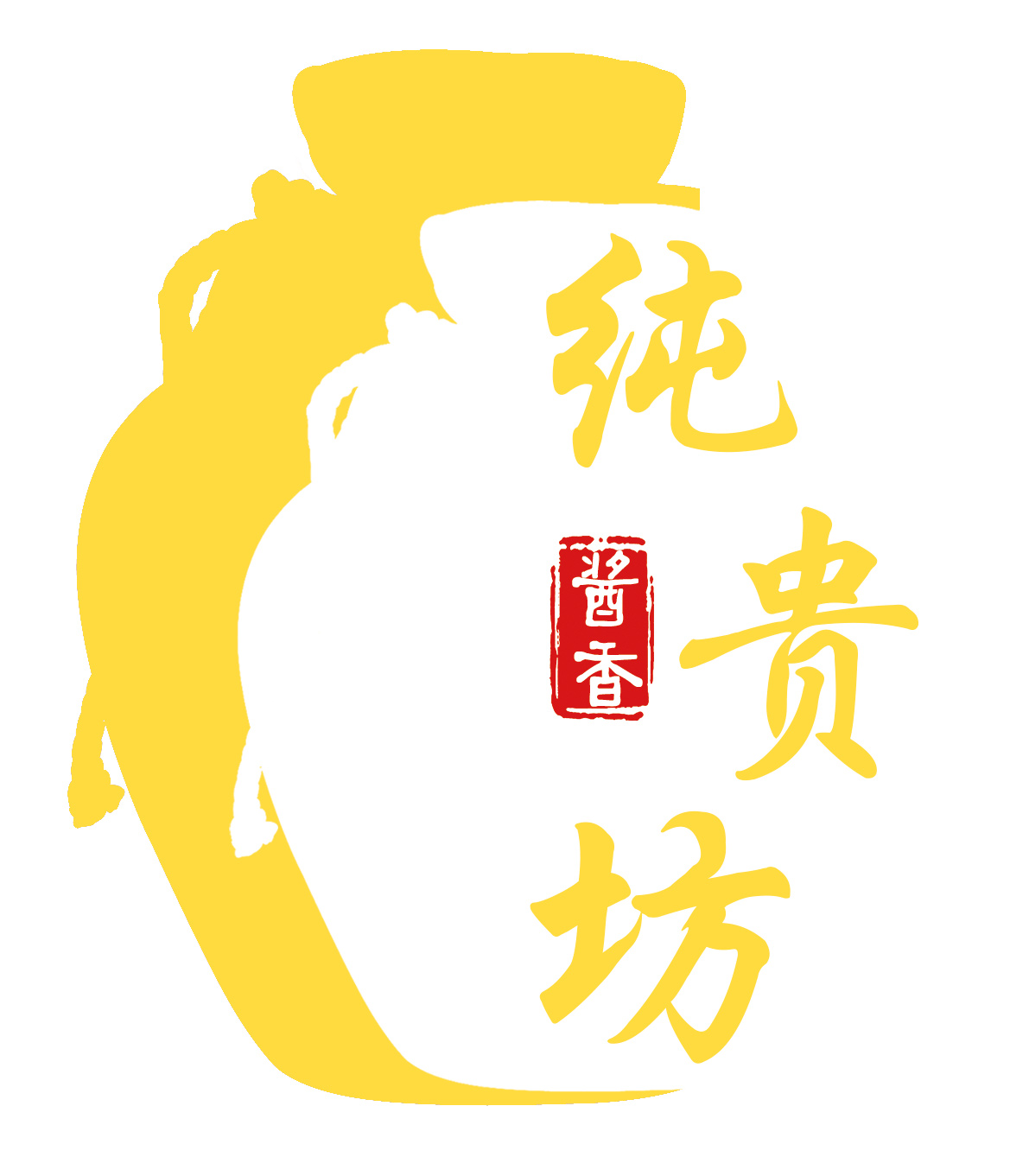 純貴坊酒業(yè)
純貴坊酒業(yè)
